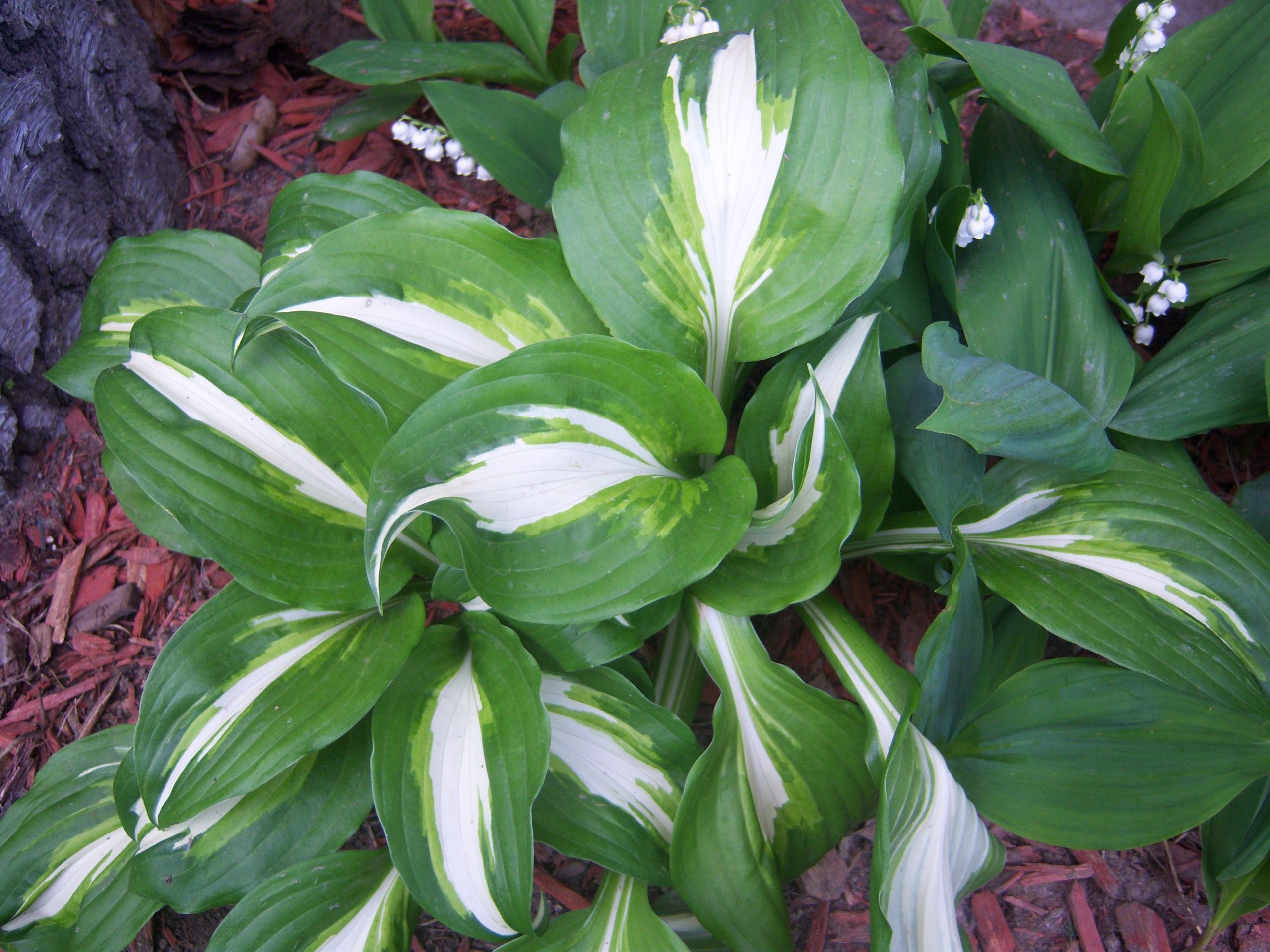Combining Lily of the Valley and Hostas for a Lovely Shade Garden
Lily of the valley, with its delicate white bell-shaped flowers and sweet scent, makes a beautiful addition to any shade garden. Hostas are also prized shade-loving perennials, grown for their attractive foliage. These two plants can be paired together to create an enchanting woodland garden vignette.
About Lily of the Valley
Lily of the valley (Convallaria majalis) is a flowering perennial that forms a carpet of green leaves. In spring, it produces charming white nodding flowers on upright stalks. The blooms have a lovely, sweet fragrance.
This plant spreads readily by underground rhizomes, creating lush colonies in ideal growing conditions. Mature plant sizes range from 6 to 12 inches tall and wide. Lily of the valley thrives in the dappled sunlight and organic-rich soil of a woodland garden.
Growing Conditions for Lily of the Valley
When planting lily of the valley, choose a site with the following characteristics:
-
Part to full shade – Dappled sunlight or morning sun is tolerated, but avoid hot afternoon sun
-
Organic, humusy soil – Loamy soil amended with compost or leaf mold is ideal.
-
Consistent moisture – Likes evenly moist, well-drained soil. Not suited for dry areas.
-
Cool conditions – Performs best in zones 2-7. Tolerates partial shade further south.
-
Neutral pH – Does well in acid to neutral soil that’s not overly alkaline.
Lily of the valley won’t thrive in very dense shade, hot climates, or wet boggy areas. Proper site selection is key.
The Best Hostas for Shade Gardens
Hostas are beloved shade-loving perennials primarily grown for their attractive foliage. There are hundreds of hosta varieties to choose from in a diverse range of sizes, leaf colors, and textures. Here are some top picks for woodland gardens:
-
Hosta ‘Blue Angel’ – Massive blue leaves up to 18 inches long. Stunning specimen plant.
-
Hosta ‘Fragrant Bouquet’ – Heavily textured, medium green leaves with fragrant white flowers.
-
Hosta ‘Patriot’ – White-edged leaves with vibrant green centers. Adds bold contrast.
-
Hosta ‘Stained Glass’ – Bright gold leaves with wide, dark green edges.
-
Hosta ‘Sum and Substance’ – Huge chartreuse leaves make a big impact. Tolerates some sun.
For the most choices, look for small and miniature hosta cultivars under 1 foot tall. They will combine the best with lily of the valley.
Companion Planting Lily of the Valley and Hostas
When planted together in optimal conditions, lily of the valley and hostas complement each other beautifully:
-
Plant hostas first, spacing them 18-36 inches apart depending on mature size. They will act as anchor plants.
-
Fill in between and around the hostas with lily of the valley. Space plants 8-12 inches apart.
-
Allow 2-3 years for the lily of the valley to establish and fill out the area thickly between hostas.
-
Use taller hostas toward the back and shorter, miniature varieties near the front.
-
Underplant both with shade-loving groundcovers like ajuga, sweet woodruff, or lamium.
-
For 3 seasons of interest, add spring bulbs like snowdrops or winter aconite.
Caring for Lily of the Valley and Hostas
Once established, both lily of the valley and hostas have relatively easy care needs:
-
Water regularly during the first year as plants establish. Afterward, weekly watering is sufficient unless soils are very sandy.
-
Apply a balanced organic fertilizer to hostas in early spring. Lily of the valley benefits from occasional light feeding.
-
Remove spent hosta flower stems and lily of the valley flower stalks after blooming finishes.
-
Hostas may require division every 3-5 years if they outgrow their space in the garden.
-
Monitor for slugs and snails. Use organic bait if pests become problematic.
-
Add a fresh layer of organic mulch around plants each spring.
-
Cut back lily of the valley foliage in fall once it dies back. Leave hosta leaves over winter to insulate crowns.
The Lasting Appeal of This Classic Shade Garden Combination
Pairing sweetly-scented lily of the valley with diverse hostas makes for an unbeatable shade garden duo. Both spread readily when content, covering the ground attractively beneath trees and shrubs where little else thrives. The white blooms of lily of the valley appear like drifts of snow under the bold foliage of hostas.
This traditional woodland garden combination has been loved for generations thanks to the neat mounding habit of hostas contrasting wonderfully with lily of the valley’s flowing carpet-like form. Together they provide varied textures, colors, and fragrances sure to enchant.
BEWARE! DO NOT Buy These 11 Plants at the Garden Center / Invasive Plants That Spell Trouble
FAQ
Can hostas and lily of the valley be planted together?
What plants well with lily of the valley?
Will lily of the valley choke out other plants?
What flowers look best with hostas?
- A Complete Guide to Caring for Yuki Cherry Blossom Shrub - January 23, 2025
- Identifying Red Hot Poker Seeds: What to Look For When Harvesting Torch Lily Pods - January 23, 2025
- A Complete Guide to Harvesting Evening Primrose Seeds - January 23, 2025

